Monk’s hood. This plant buckles at the knees but prevention is easy. The plant is composed of several long, hollow, rather weak stems. A heavy summer rainstorm with a strong wind can fell the stalks. I put a tomato cage on the small monk’s hood. If necessary I use a piece of wire to enlarge the cage. (see the post on peonies). Mature plants need larger cages. Last year I bought a metal plant support which works as well as a cage. It is a half circle of metal held up by legs which are pushed into the ground. I use it for a plant that is growing against a fence. I also take a long piece of wire, twist one end around the fence and circle it around the plant.
Delphiniums. The short variety stakes up the same as the monk’s hood. The large Pacific Giants are another matter altogether.
These are the world’s most annoying plants. They grow six feet or more on long, hallow, weak stalks. If I get them tied up well they look great even after a storm. If they are not tied up well, the flower heads snap. A Thunder Bay summer storm will also break the stalks, flatten them to the ground and generally beat them up. Even tying them up tries the patience because they snap or bend when you work with them. Why do I go on? Because, tall dark blue delphiniums lift your heart to the skies.
I use the tallest biggest plant cages for the delphiniums. When I run out I use peony cages. The cages just protect the first few feet of the plant. I put a very long metal stake inside the cage to prevent the cage from toppling over with the weight of the growing plants. I use an eight foot stake but when I run out I use six foot stakes. I need the tallest stakes to tie the blooms on.
As the plant grows, I use the wire loop method (see peonies, below) to support the stalks. Delphiniums are deceptive. They look strong in the early stages but, as mentioned, any good wind will flatten them. Eventually, the stalks produce a run of florets that often end in a graceful curl. These sway in the breeze but in actuality, they are as weak as water. I have to use a small kitchen stool to reach the flowers. I hook a wire from the metal stake up and around, making a protective circle around the flower fronds.
When the flowers die down, I let them go to seed. Some books recommend cutting them back to get a second crop. I found this a lot of work for little return. The second crop of flowers was spindly, insignificant and even weaker than the first. I just leave the plants alone. The birds like the seeds and eat them all winter. I do not cut the stalks down in the fall because they catch the snow and insulate the roots. This way, I’ve never lost a delphinium to winter kill.
A few more notes on delphinium. Some of the Pacific Giants are named after the knights and ladies of the Round Table. My favourite is King Arthur, a bright purple. Sir Lancelot wears blue and Galahad, white. Queen Guinevere is dressed in pinkish mauve. Delphiniums are long blooming plants, blooming longer than the monk’s hood. They are also easy to start inside from seed. Local yard sales invariably offer them at a good price. If you are not interested in the staking exercise described above, get the shorter variety (Bluebird is good) and put a tomato cage around it.
Subscribe to:
Post Comments (Atom)

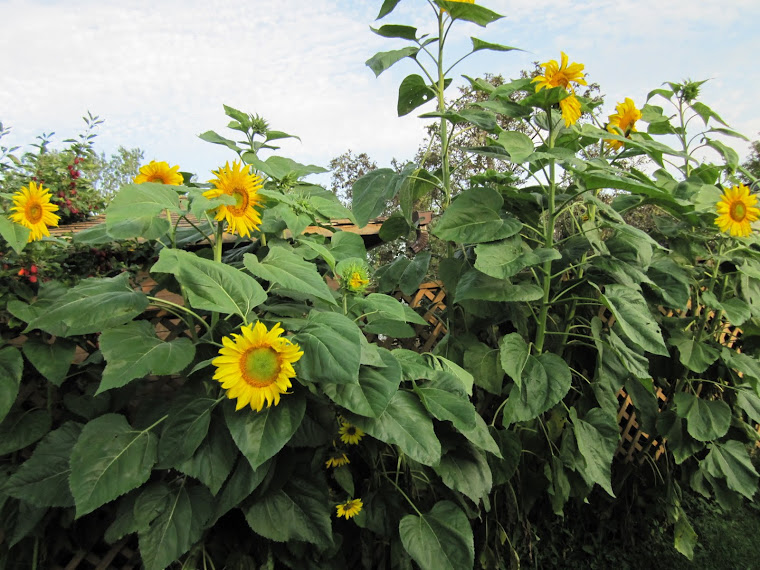

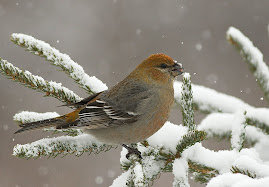



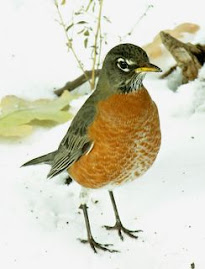

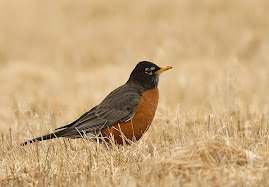
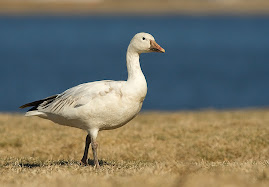

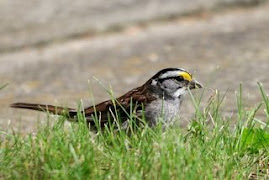

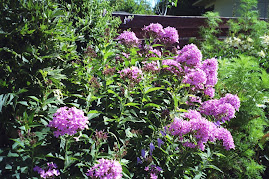
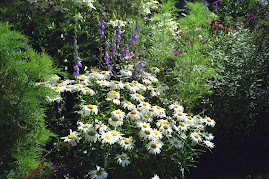
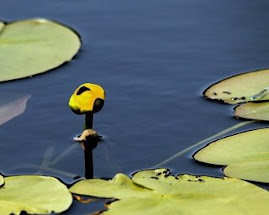













































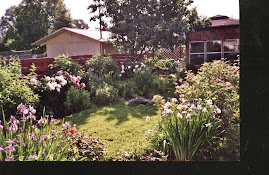





No comments:
Post a Comment